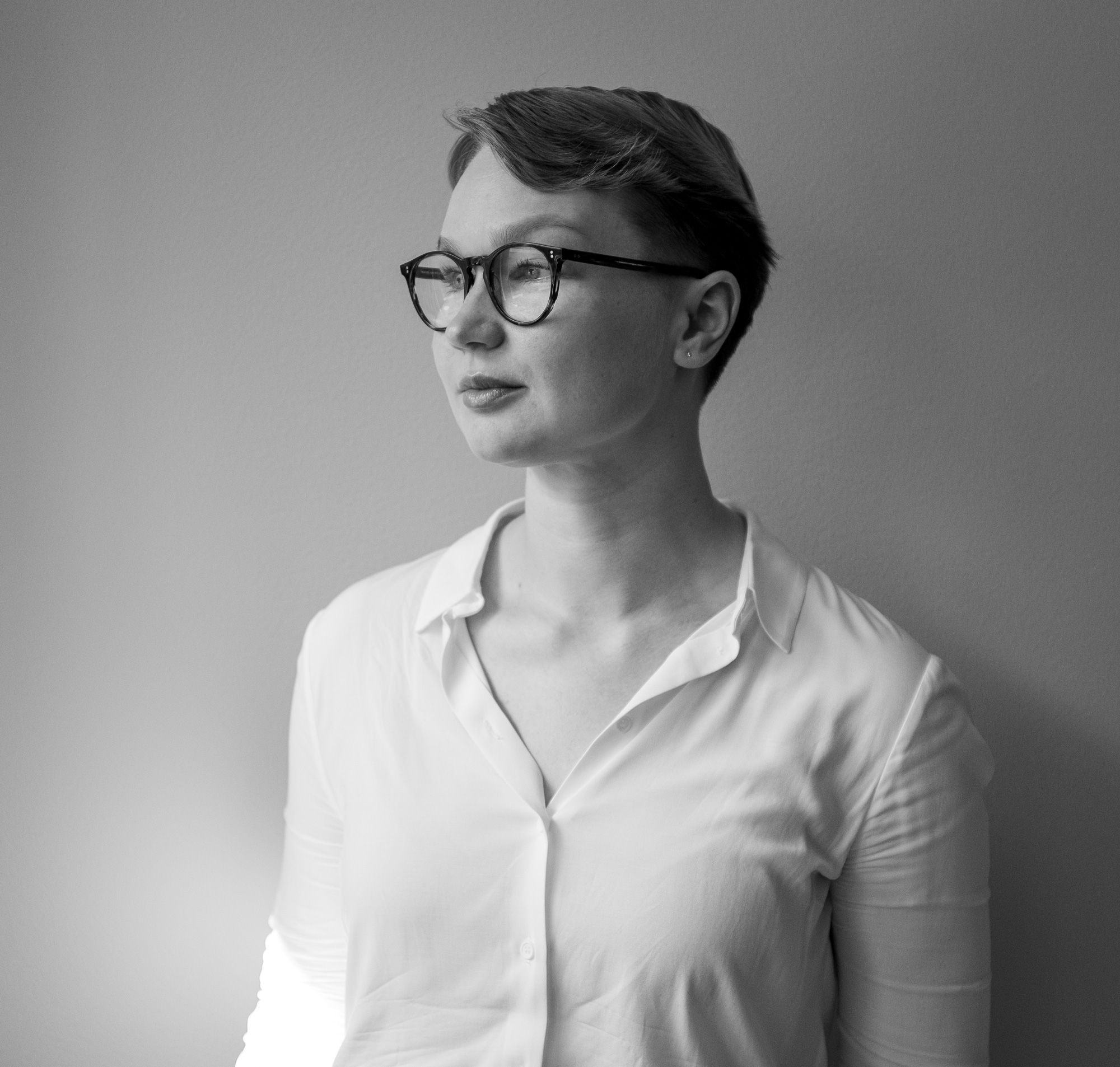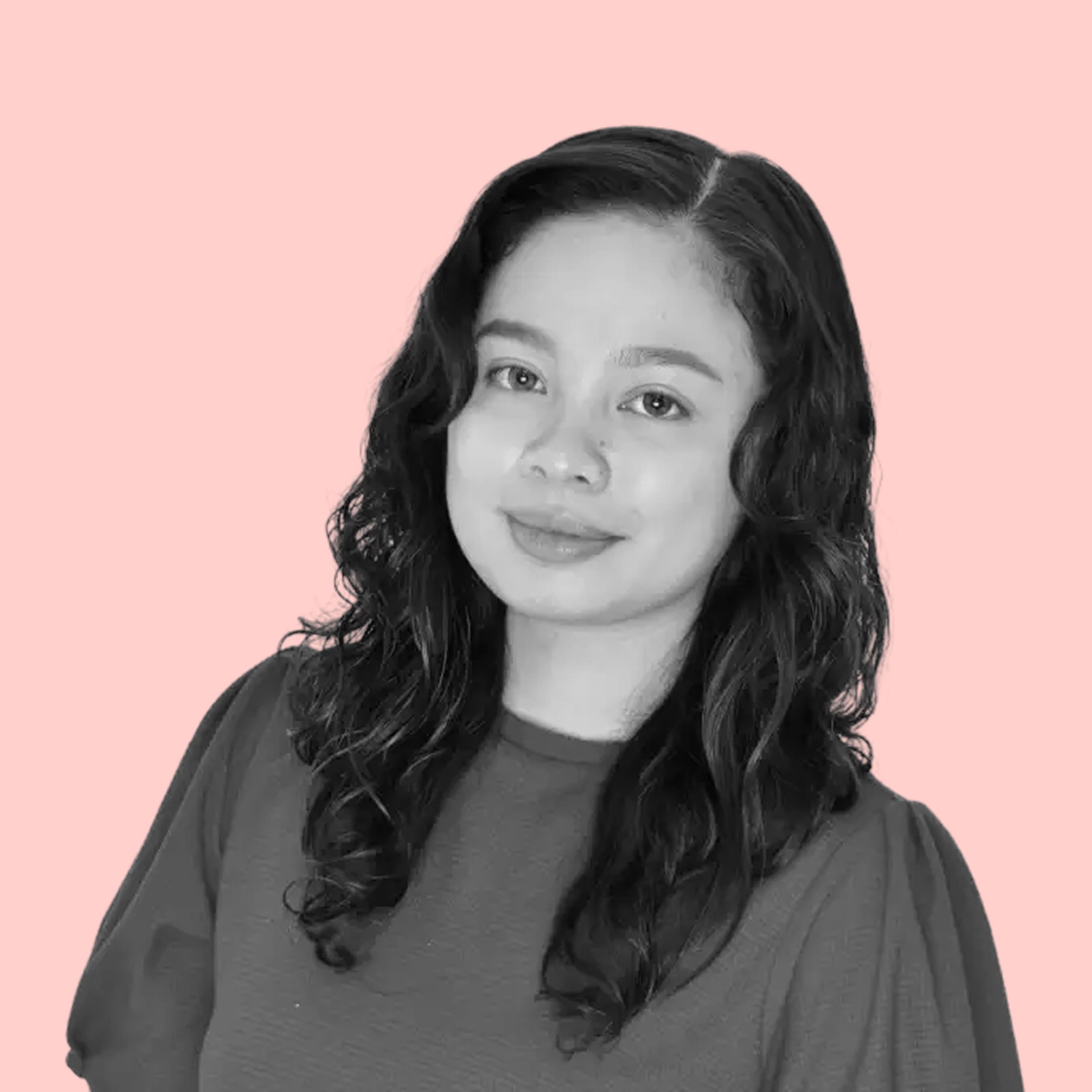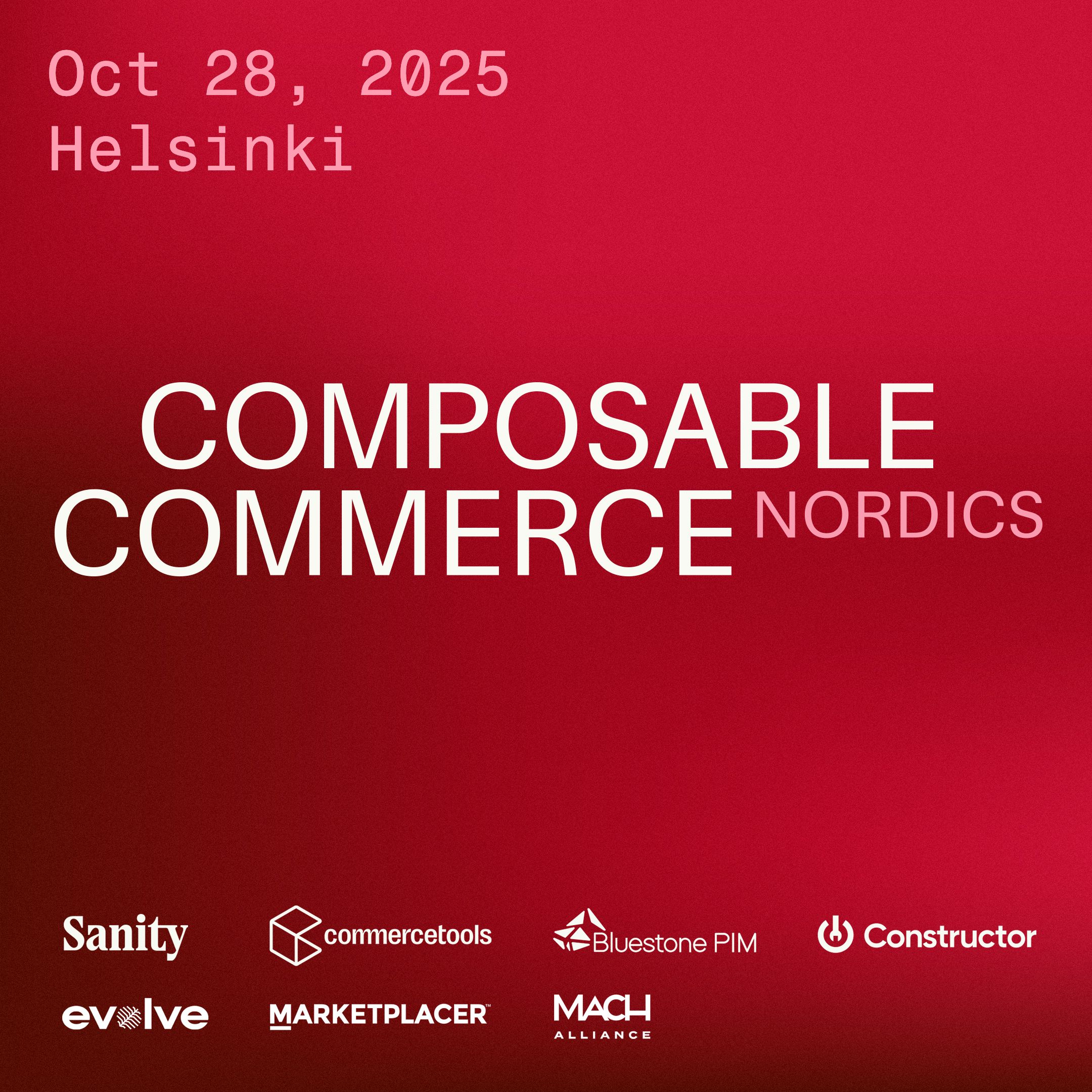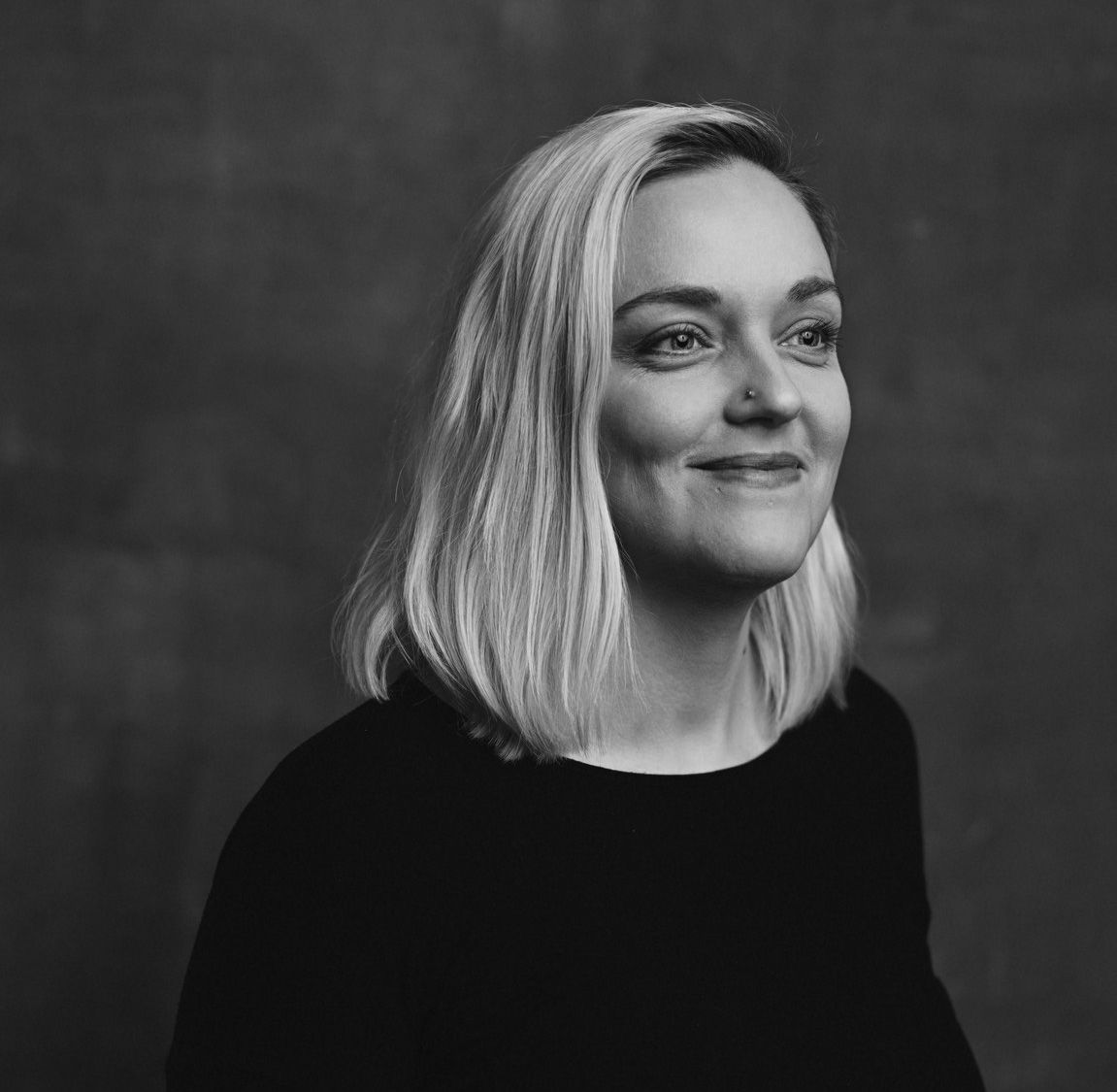
Meet Sebastian, our new Junior Strategy Consultant

Why did you want to become a strategist?
I’ve never had a concrete path. I like to solve problems and challenges, and there are so many challenges in consulting. I’m attracted to that. To be a good business strategist, you need to creatively view things from different angles to find the best solution. It took a while to realise I had a creative side as well as a logical/analytical side. I wanted a profession that would use that combination of skills.
You’re studying for a master’s degree at university?
It’s called ‘Strategic Management in a Changing World’. It looks at strategy from a modern perspective, teaching how to develop an effective strategy in a rapidly changing world. In the program, we learn to identify business opportunities by evaluating complex global megatrends such as sustainability, digitalisation, and globalisation - and how to action these opportunities by bringing an entrepreneurial mindset into organisations.
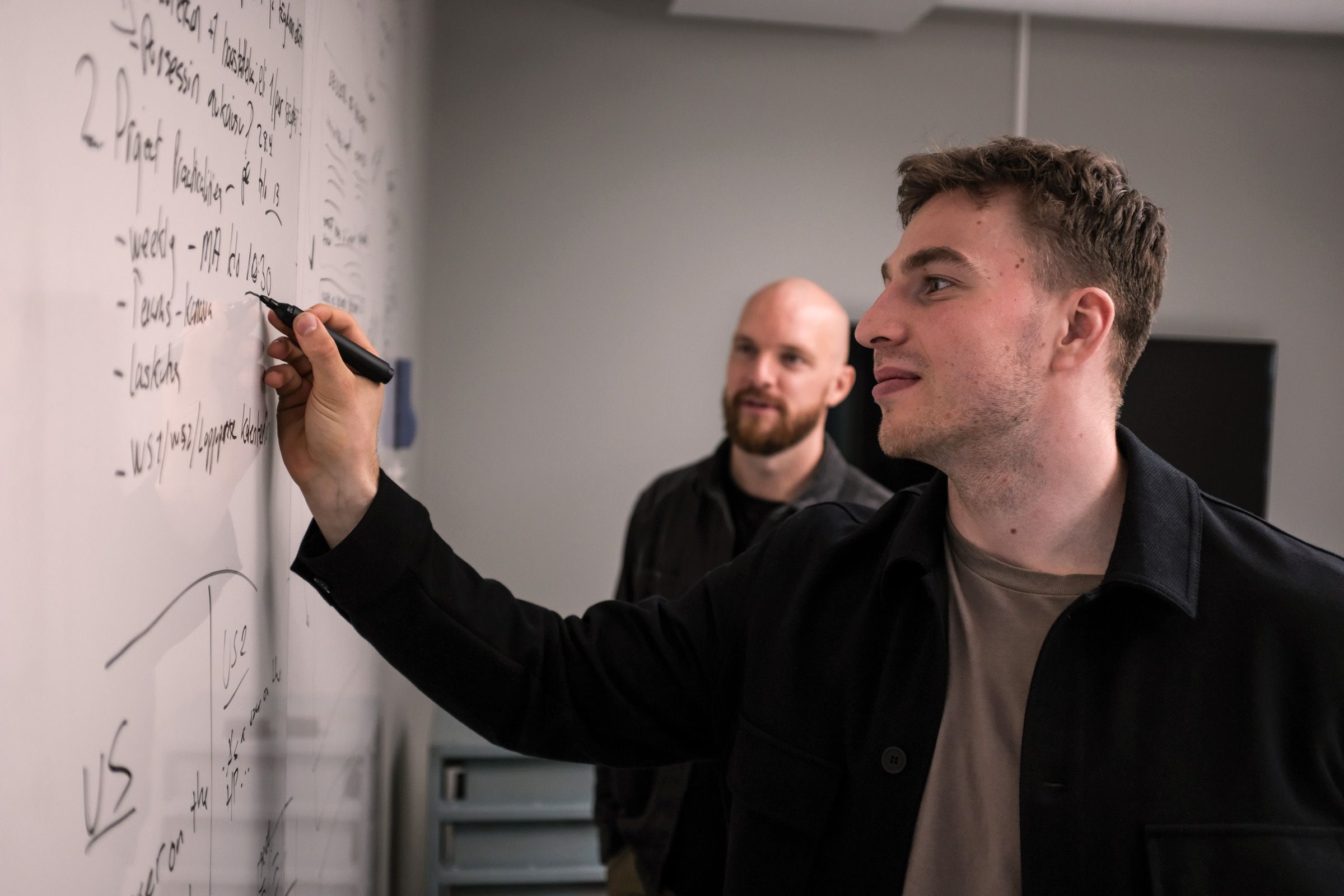
How does the theory learnt at university apply to your experience at IONA?
The theory and how it works in practice is connected, but not always. The theory helps to inform how I approach different projects, such as frameworks and tools, but you also need to decide when to adapt those tools for different situations to see what works and what doesn’t. At the university, we review many case studies and have speakers from big companies - which helps apply the theory to real-world scenarios.
IONA works a lot with composable architecture, which is a new way of doing things. Your degree focuses on change - how do you see industries responding?
Although different industries are moving at different paces, they all realise this isn’t going away. They cannot rely on things that they have done in the past. Now they have to think differently, which usually involves a digital aspect. To create good customer experiences, brands need to change - and that’s what I’m seeing. I’ve been involved in three projects so far. Although they’re all very different, they’re all looking to adapt their business and operation model to gain a competitive advantage.
What projects are you working on at the moment?
One of the projects I’m working on is a business strategy project for a traditional Finnish company. They’ve primarily relied on brick-and-mortar, so I’m working to help them expand internationally with a renewed business model. That includes analysing their capabilities and competitors before recommending whether to go abroad, how they could do it and what would be required.
You have quite a versatile job experience. Can you tell me more?
I’ve worked with direct-to-consumer sales, completed purchasing and licensing training for a big Finnish paper factory, specialised as a strategy consultant for brands using Amazon, and worked on customer loyalty programs. At first, I didn’t know how it all fit together, but now the puzzle pieces form a bigger picture. These experiences have helped me get a broad overview, which you need as a strategist.
We are not just a definition of our work. What do you do outside of work?
I love CrossFit and have started competing in it. I took part in my first competition recently and won third place. I train 5-6 times a week. IONA offers powerlifting as an employee benefit, so I plan to do that too. I like the community aspect of CrossFit. I want to move. I get anxious if I am just in one spot for too long. You’ll see me standing at my desk or walking around the office occasionally. But I also love reading books and listening to audiobooks while walking and cleaning. My favourite books are non-fiction - they appeal to my curiosity.
What’s the best thing about working at IONA?
I like the atmosphere and the vibe. It’s casual and chill. I’ve been given a lot of responsibility and trust from the first day; it feels good. I think it’s one of the biggest markers of a good workplace. Although it’s nice to have the opportunity to work remotely, I like our office in Kamppi and prefer to work from there.
What rituals do you have throughout your day?
I write things down on paper. Research suggests physically writing on paper helps your memory. When I go for lunch, I take a little walk to relax and process what’s in my head. I drink lots of water throughout the day; it helps me stay alert and gives me a chance to move. Microbreaks are important. I immediately feel my efficiency going down if I stare at the computer for more than 45 minutes.
